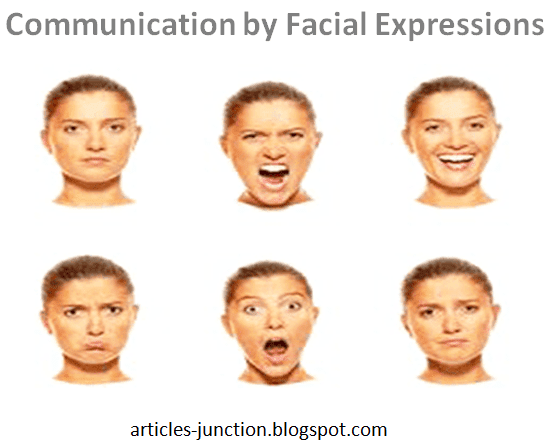Facial expressions are a vital part of communication. What’s funny is that most people talk about facial expressions, but they don’t really know what they are.


It’s well known that good communication is the foundation of any successful relationship, be it personal or professional. It’s important to recognize, though, that it’s our nonverbal communication—our facial expressions, gestures, eye contact, posture, and tone of voice—that speak the loudest

David Matsumoto, is Professor of Psychology at San Francisco State University and Director of Humintell, LLC. He has studied culture, nonverbal behavior, and emotion for over 30 years and has published over 120 journal articles in peer-reviewed, scientific journals. His books include Culture and

Here’s how to read and use nonverbal communication to convey your messages at work using eye contact, posture, gestures, voice tone, and more.
Nonverbal learning disabilities can be tricky to recognize and diagnose. ren with this disorder are unable to recognize and translate nonverbal cues, such as facial expressions or tone of voice, into meaningful information.
Learn what the different parts of our face say about us and why facial expressions may speak louder than words.
Book Chapters. 1) Matsumoto, D. (in press). The role of emotion in escalating violent non-state actors to hostility. In A. Speckhard, L. Kuznar, T. Rieger, and L. Fernstermacher (eds.), Protecting the homeland from international and domestic terrorism threats: Current multi-disciplinary perspectives on root causes, the role of ideology, and
Nonverbal communication represents two-thirds of all communications. [dubious – discuss] Nonverbal communication can portray a message both vocally and with the correct body signals or gestures.
Facial expressions are vital to social communication between humans. They are caused by the movement of muscles that connect to the skin and fascia in the face. These muscles move the skin, creating lines and folds and causing the movement of facial features, such as the mouth and eyebrows.




According to renowned American psychologist Dr. Paul Ekman, seven basic emotions are widely experienced in different human cultures across the planet.Expressing emotions is not required to be taught.

